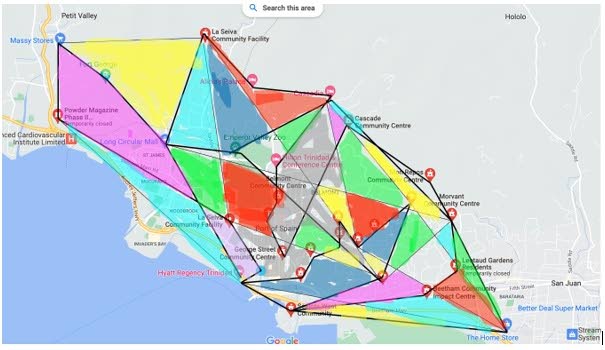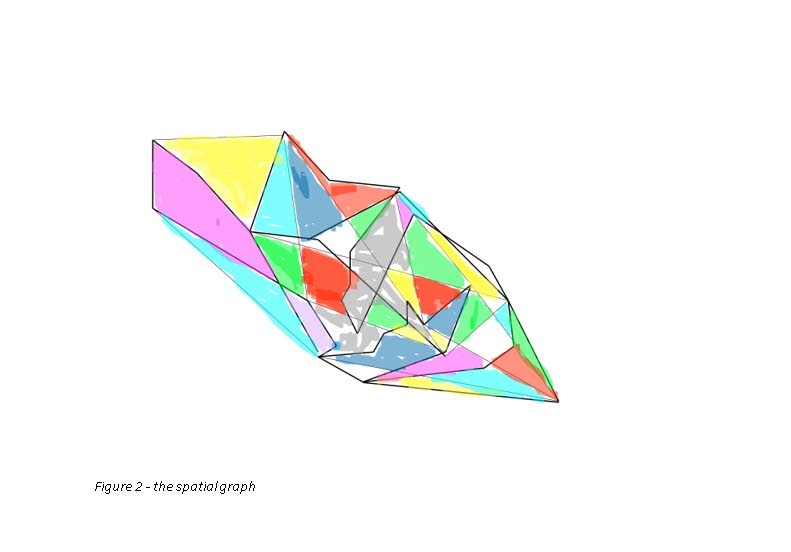Redefining the winds of change

DEAN ARLEN
A CITY importantly is an amalgamation of many voices, pushing, contracting and tugging at its boundaries to inform our past, present and future experiences. Cities are built within these capabilities…the healthier the ecology of a city, the healthier its people, its potential for innovation, creativity, adventure, safety, flexibility, humanity and democracy.
This generation is in the throes of a cataclysmic shake to our national social, economic, cultural, communal and spatial experiences. As we witness (or hope for) a shift in the dominant economic order, all while experiencing covid19, we are reminded of the importance of communal spaces. We need to accept that we have hit rock bottom in relation to our social and spatial development and cannot proceed to develop our cities using old-school planning methodologies and political development paradigms. If we do not catapult ourselves from this stagnant position we will continue to be “twisting top in mud.”
Social and co-operative art-design methodologies have become very important practices in arriving at spaces that are healthy, inclusive, dynamic and innovative. The use of these terms are not alien to personnel involved in the process. As they navigate their way to the final design they must ask themselves how do we define inclusive development? How do we show the bare bones of what is meant by inclusive development? How do we break it down? This is one of the step-by-step processes used in coming to develop communal spaces which incorporate the voices of many.
Defining social and co-operative art-design methodology
These two definitions are similar in that they both reflect the desire to achieve healthy communal and spatial experiences. Social artdesign seeks a therapeutic remedy, while co-operativism seeks a social one, the general co-operation with the community in developing the space in question.
Before going further there should be some clarity on the merging of artdesign (some writings have art-design, others art and design in the same sentence). This symbolises the fluid nature of modern-day aesthetic practices. There are many visual artists, academics, scientists, writers, craftspeople, community workers, urban planners, and many others within this space who are going beyond their traditional scope and achieving amazing things co-operatively and within communities. Why? Because they all recognise the profound essence of challenging the hegemonic paradigm.
Social art-design methodology endeavours to inspire a new approach to the use and development of space. It is a design methodology that draws on the histories and anthropologies of the space; incorporates a therapeutic approach, progressive social work, gender and psychological sensibilities, alongside the aesthetics of progressive artists, designers and architects. The conceptual process requires humility, the ability to listen, to observe, identify and empower those with whom we collaborate while openly identifying privilege, power and class in order to create a contemporary spatial experience that reflects the histories and lives of the people.

Conceptualising demands the voices of many be heard, women, men, LBTQI+ people, children, teenagers, young adults, the elderly, mature adults, the differently abled, and minority groups, no matter an individual’s identity or age. Successful community participation means that all spaces have to be approached: households, schools, religious institutions, blocks, sports groups, community centres, senior citizens’ homes. Civil society groups, business places and, importantly, craftspeople all have to come on board for successful community involvement.
It is within this honest turmoil of hammering into shape a concept for a healthy collective experience of space that healing can be found, empowerment happens, resilience sustained, and health restored. Social development benefits due to the co-operative nature of the process; communities now have a stake in its preservation as intergenerational sharing and well-being are integrated into this process..
The co-operative development methodology has the same goal of maintaining a collective system. It allows people to envision their space, from end to end, even when the conceptualising process is done right in the community. In the end the community works with artists and designers in developing the space and with all professionals and people involved.
This does not mean getting short-term “contract work,” which is another conversation in itself. It means having dialogue in determining the aesthetic parameters, engineering and ensuring logistical issues are dealt with. As far as I am aware, such a participatory development approach has never been realised to its fullest in Trinidad and Tobago’s design history but I would welcome information on such cases.
The use and design of public space is often determined by political expediency, a weak urban planning framework, big contractors' commercial interests, the desire to “look like foreign,” absence of faith in a indigenous aesthetic, and failure to incorporate local craft and design elements.
Conclusion
These two scenarios outline an approach to rethinking our development paradigms. These are not easy approaches as they take time, a respect for people, faith in our native artistic and design capability and an honest investment in the voices of many people. People who make up a city should have a say in how they experience their space. We all know that what are currently called consultations are inadequate.
Foreign loan conditionalities should not be the criteria for the development of a city. Political financiers should not be able to dictate a city’s future. A city is not a free-market free-for-all; rather a city is an expression of a people's historical and future aspirations. When the voices of the many go unheard a city becomes poorer, vulnerable, imprecise, socially unjust and disgruntled.
For example, where are the monuments to our history of decolonisation? Why is our history invisible on our landscape? Our capital deserves and needs deeper thought, more equitable and collaborative development and planning processes and recognition of our native aesthetic and artistic possibilities.
Dean Arlen is an artist/designer


Comments
"Redefining the winds of change"